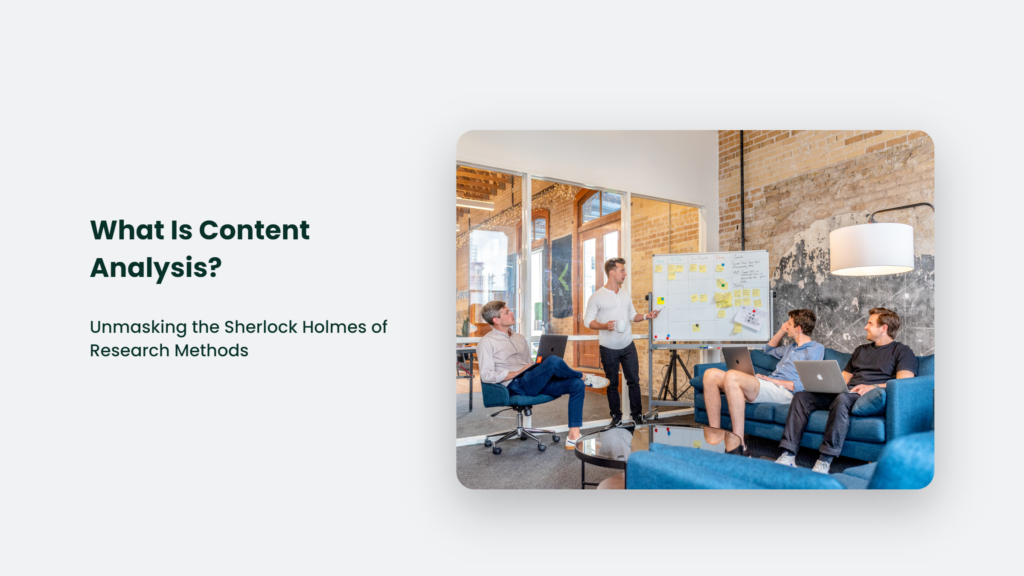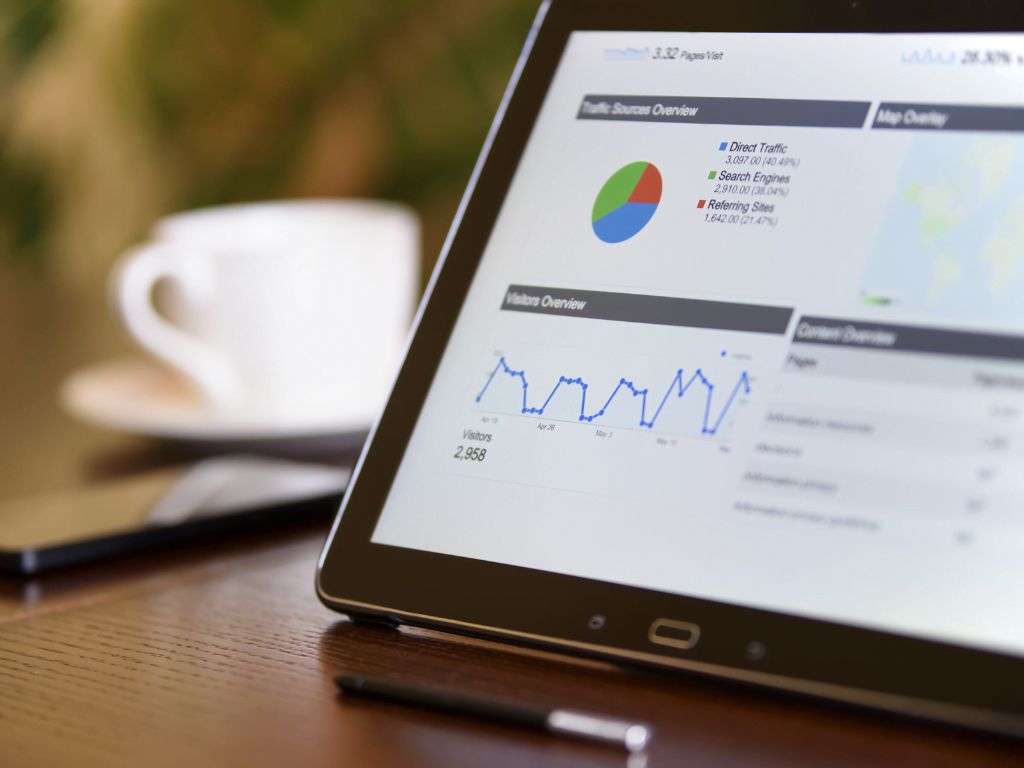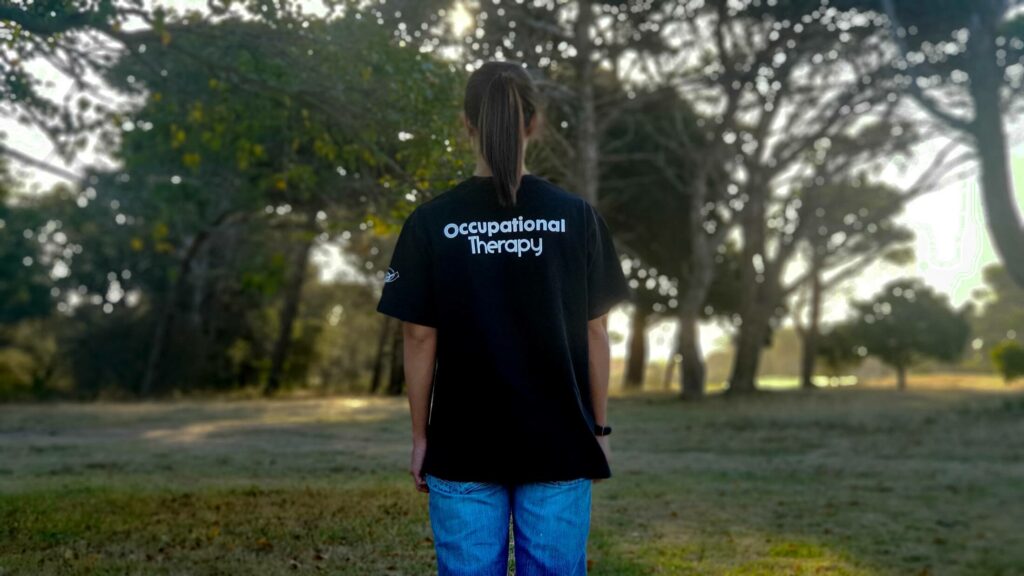

What Is Content Analysis? Unmasking the Sherlock Holmes of Research Methods

As Seen On
Have you ever found yourself in a mind-boggling mountain of text, desperate to make sense of it all? Don’t worry; you’re not alone. It is where content analysis struts onto the scene like a savoir with a magnifying glass, transforming chaotic text into coherent patterns. What is content analysis, you ask? Well, hold onto your hats, folks, because we’re about to plunge into the depths of this research method with all the subtlety of a kangaroo on a trampoline.

What is Content Analysis?
Content analysis is the Sherlock Holmes of research methodologies. It’s all about making sense of the textual Moriarty out there. It’s a systematic technique for making replicable and valid inferences from texts (or other meaningful matters) to the contexts of their use. But let’s not get ahead of ourselves. The beauty of content analysis is in the details, and we will scrutinise those details with the intensity of an over-caffeinated detective on a stakeout.
Why Do We Even Need Content Analysis?
Content analysis is not just for those academic nerds holed up in their ivory towers. It’s a tool that’s as versatile as a Swiss Army knife. From marketing gurus analysing customer feedback to politicians deciphering public sentiment, content analysis is the secret sauce that spices up understanding complex text data.
And let’s be real, in this day and age where data is more abundant than cat videos on the internet, the ability to condense and comprehend information is not just a fancy skill – it’s a survival necessity.
Content Analysis: The Method to the Madness
Understanding content analysis is one thing, but how do you do it? What is the method to the madness? Well, dear reader, hold on to your proverbial hats as we dive headfirst into the step-by-step content analysis process.
Step 1: Define Your Content
The first step to becoming a content analysis whiz is to define the content you will analyse. It’s like choosing your mission in a video game. Are you going to be analysing the text of a book? The dialogue of a movie? The lyrics of a song? Once you know your mission, you can start planning your strategy.
Step 2: Unitising
The term ‘unitising’ might sound like something from a science fiction novel, but it’s a key part of content analysis. It establishes uniformity in the analysis, unitising the words, sentences, paragraphs, etc.1. Think of it as choosing your weapons before the battle. It would be best to decide what ‘units’ of content you’ll be analysing. Will it be individual words? Phrases? Sentences?
H3: Step 3: Develop a Coding Scheme
Now that you’ve chosen your mission and weapons, it’s time to develop your coding scheme. It is where you decide what you want in the content. Are you interested in the frequency of certain words? The tone of the content? The presence of biases? Your coding scheme is like your game plan, guiding you through the content analysis process.
Step 4: Apply Your Coding Scheme
Now comes the fun part: applying your coding scheme to your content. It is where you roll up your sleeves, dive into the content, and start analysing. You’re like a detective, looking for clues and patterns guided by your trusty coding scheme.
Step 5: Sampling
Remember when we talked about sampling earlier? It’s time to put that into action. Because the content you’re analysing might be enormous, you’ll need to utilise the sampling technique to simplify your analysis1. It’s like choosing the most representative battles to fight in your video game that will give you the most information about how to win the war.
Step 6: Analysis and Interpretation
Once you’ve gathered all your data, it’s time for the analysis and interpretation. It is where you make sense of what you’ve found, drawing conclusions and inferences. You’re like a scientist, interpreting the results of your experiment to make a groundbreaking discovery.
Unmasking the Myths: Content Analysis is Not…
It’s time to clear up some misconceptions here. Content analysis is not a magic bullet. It won’t solve all your problems (sorry) and definitely won’t make your morning coffee (I’ve tried). But it will provide you with a systematic and replicable method for understanding complex textual data.
Playing the Long Game: Content Analysis Over Time
Content analysis is a bit like watching your favourite sitcom. You start to notice trends over time, character development, running jokes, and subtle changes in the storyline. It’s used to study the discrepancy in content trends with respect to time, exposing biases and testing hypotheses about cultural and symbolic usage of terms in the content. It’s not just about what’s being said, how it’s being said, and how that changes over time.
Propaganda Unveiled: A Historical Perspective
Throughout history, content analysis has been used to analyse propaganda and predict major events. For instance, during World War II, analysts could predict the deployment date of German V weapons against Great Britain by monitoring speeches by Nazi propagandist Joseph Goebbels. The content of these speeches provided clues about the weapons’ production and launch date. Quite the detective work, don’t you think?
The Power of Inference in Content Analysis
In content analysis, the inference is like the plot twist in your favourite thriller. It’s a major part of the process, requiring the analysis of a contextual phenomenon to obtain a valid inference of the context for findings1. It’s not just about the ‘what’, but the ‘why’ behind the ‘what’. Why was this specific word used? Why did the tone of the content change? These are the questions that inference seeks to answer.
Sampling: The Unsung Hero of Content Analysis
Sampling is one of the crucial weapons in content analysis. Imagine trying to understand the plot of a 1000-page novel by only reading a few pages here and there. You’d get the gist but miss out on the subtleties. That’s where sampling comes in. It’s designed to minimise distortion caused by certain major events, making the analysis less complicated. The theory behind sampling in the content analysis consists of counting, which involves the development of different kinds of similar-meaning terms1.
Drawing Conclusions
After all the analysis, unitising, trend-spotting, bias-uncovering, and sampling, the researcher usually communicates the conclusions narratively. It’s like the climax of a gripping novel. The puzzle pieces are finally put together to form a complete picture, shedding light on the content’s mysteries. Content analysis helps to tell the story that the data was trying to convey all along1.
Frequently Asked Questions:
What are the key steps in content analysis?
The key steps in the content analysis include defining the content to be analyzed, identifying the units of analysis (such as words, sentences, or paragraphs), creating a coding scheme, applying the coding scheme to the content, and finally, analyzing and interpreting the results.
How is a content analysis used in research?
Content analysis is used in research to understand trends over time, to expose biases in content, to make international or group comparisons, and to test hypotheses about the cultural and symbolic usage of terms in the content1.
How does inference work in content analysis?
Inference in content analysis involves analyzing a contextual phenomenon to obtain a valid understanding of the context for the findings. It’s about understanding the ‘why’ behind the ‘what’1.
The Takeaway
So, what’s the big deal about content analysis? Why should we care about this seemingly mundane method of research? The answer is simple: content analysis unveils the hidden depths of our content. It exposes biases, tracks trends, deciphers meanings and tells a story that would otherwise remain untold.
It’s the unsung hero of research, a tool that, when wielded skillfully, can transform our understanding of the world around us.]
So next time you’re reading your favourite book or watching your favourite show, why not try a bit of content analysis yourself? You might be surprised at what you find.
Konger
Up until working with Casey, we had only had poor to mediocre experiences outsourcing work to agencies. Casey & the team at CJ&CO are the exception to the rule.
Communication was beyond great, his understanding of our vision was phenomenal, and instead of needing babysitting like the other agencies we worked with, he was not only completely dependable but also gave us sound suggestions on how to get better results, at the risk of us not needing him for the initial job we requested (absolute gem).
This has truly been the first time we worked with someone outside of our business that quickly grasped our vision, and that I could completely forget about and would still deliver above expectations.
I honestly can't wait to work in many more projects together!
Disclaimer
*The information this blog provides is for general informational purposes only and is not intended as financial or professional advice. The information may not reflect current developments and may be changed or updated without notice. Any opinions expressed on this blog are the author’s own and do not necessarily reflect the views of the author’s employer or any other organization. You should not act or rely on any information contained in this blog without first seeking the advice of a professional. No representation or warranty, express or implied, is made as to the accuracy or completeness of the information contained in this blog. The author and affiliated parties assume no liability for any errors or omissions.

